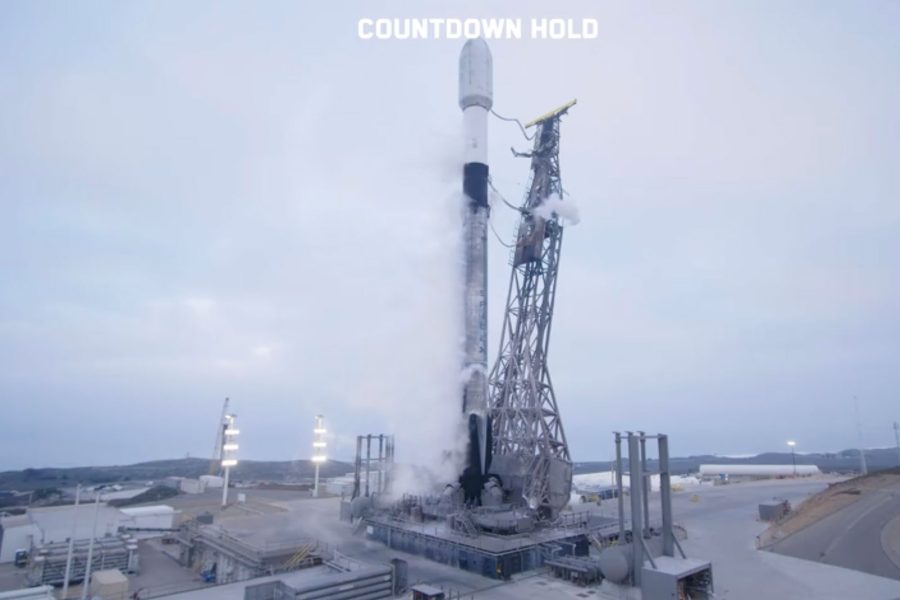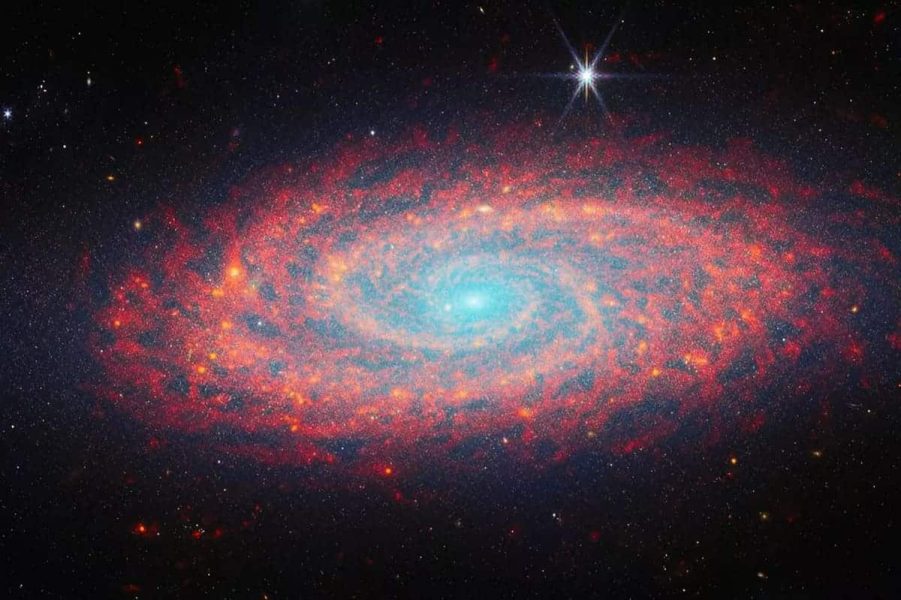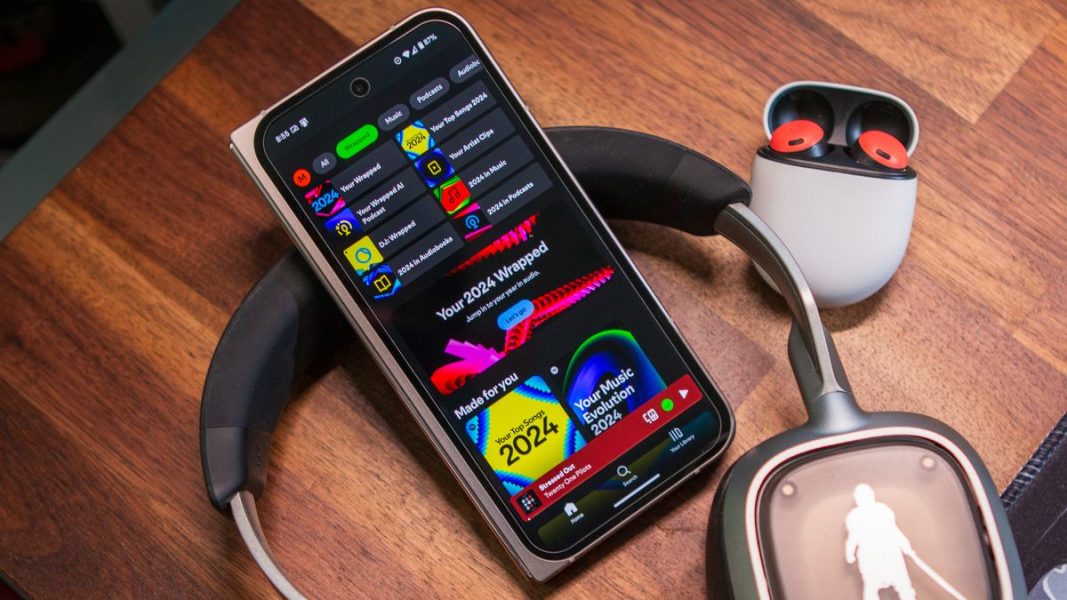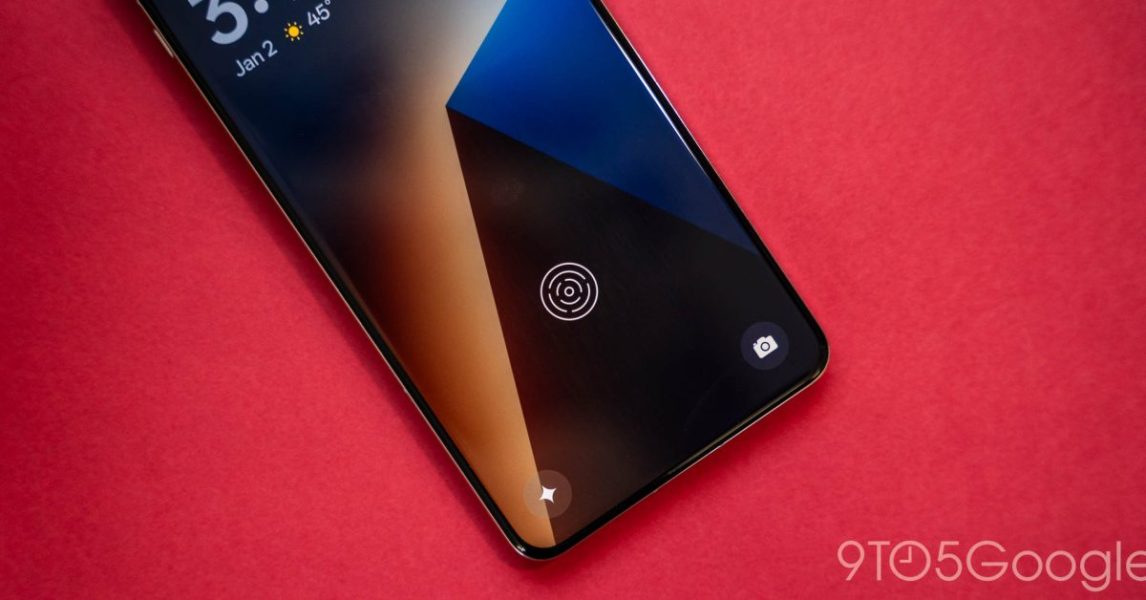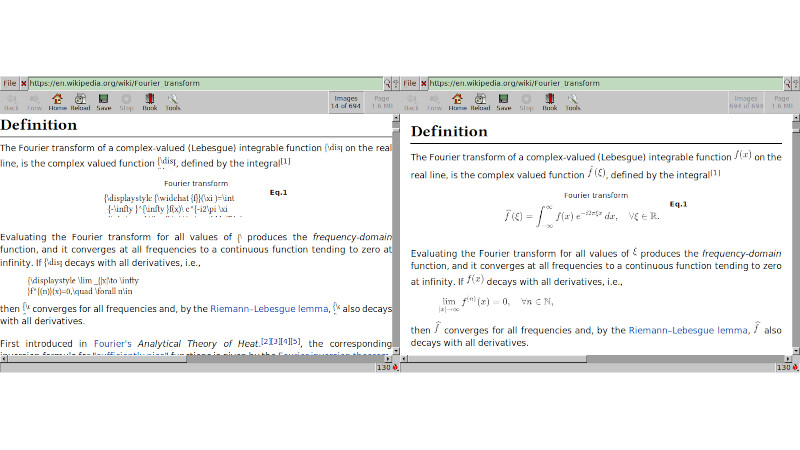It wasn’t a meteorite: The European Space Agency identified the object that flew over Spain on Saturday – The Daily Galaxy –Great Discoveries Channel
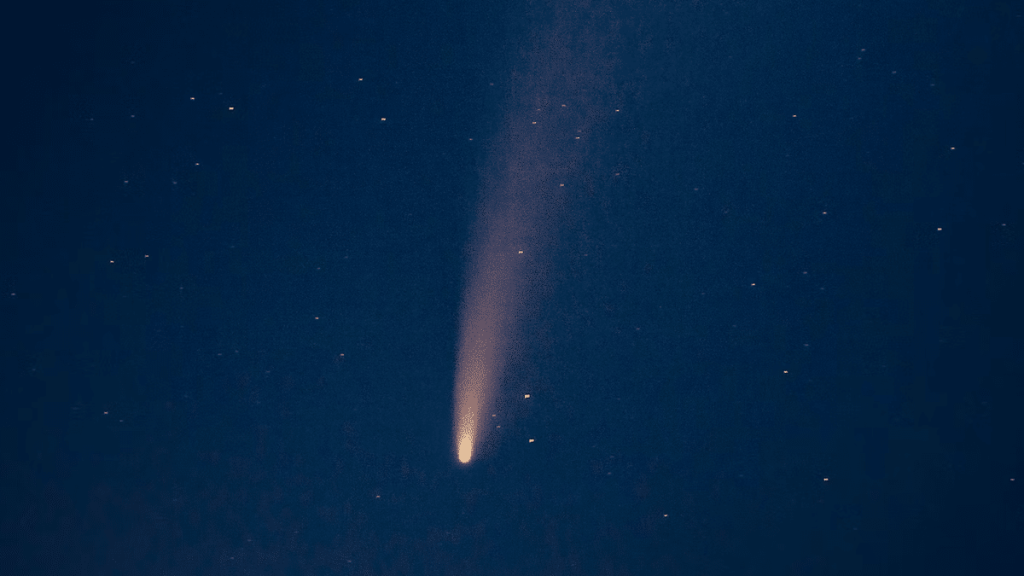
A fragment from a comet recently lit up the Spanish sky, dazzling onlookers and sparking scientific intrigue. Discover what this rare celestial event reveals about our solar system and its potential threats. Don’t miss the details!Something pretty extraordinary happened over Spain on a Saturday night recently. What folks first thought was a meteorite turned out to be a fragment from a comet. This caught the eyes of scientists and sky-watchers alike, showing just how lively our solar system is and hinting at what it could mean for us here on Earth.The European Space Agency (ESA) was key in spotting this cosmic visitor. Their bolide camera nailed down the exact moment at 22:46 UTC (or 0:46 Sunday in Spain). The object zipped by at an eye-popping speed of 45,000 meters per second—that’s about 100,662 mph! It burned up at an altitude of 37.28 miles, leaving nothing behind.It was quite the spectacle, lighting up the Spanish sky and catching the attention of many people and cameras. Even with its brightness, no one saw it coming before it hit our atmosphere—highlighting how tough it can be to track these speedy objects.After spotting it, ESA’s Planetary Defense Office teamed up with the Spanish National Research Council Library and Archives Network (CSIC) to dig deeper into what this thing was. They concluded it was a small piece of a comet based on its flight path angle of 10 degrees relative to horizontal and its striking blue color, thanks to high magnesium levels.At first, people called it a meteorite, but experts set things straight: “meteorite” is for fragments that actually hit Earth. Since this burned up over the Atlantic Ocean without leaving any debris, there’s nothing left to study or collect.They classified this event as a “superbolide,” which means it was super bright with a magnitude of -16±1, even brighter than a full moon. These events are rare but remind us how dynamic our relationship with space is.This incident has got ESA’s Planetary Defense Office looking into whether such events should concern us. It serves as a reminder that space objects are always around us and highlights why we need to be ready for potentially dangerous ones.They’re working hard to improve detection systems so we’re better prepared next time something like this happens. ESA keeps tracking these impacts to help protect us from potential celestial threats.To really get what happened, let’s break down some terms. A “bolide” is basically an extra bright meteor shining brighter than any star you’d see at night. A “superbolide,” though, lights up everything like daylight—a rare sight that makes these events unforgettable.This fascinating event over Spain not only wowed those who saw it but also gave scientists involved in planetary defense some valuable lessons. It shows why keeping an eye on space phenomena that might affect us is so important.Reflecting on this brush with something extraterrestrial reminds us how connected we are with our cosmic surroundings. Events like these show just how vast everything beyond Earth is while nudging humanity to stay alert and ready for whatever might come our way from above.Got a reaction? Share your thoughts in the commentsEnjoyed this article? Subscribe to our free newsletter for engaging stories, exclusive content, and the latest news.Comment Save my name, email, and website in this browser for the next time I comment.
© 2024 | Daily Galaxy | All rights reserved

